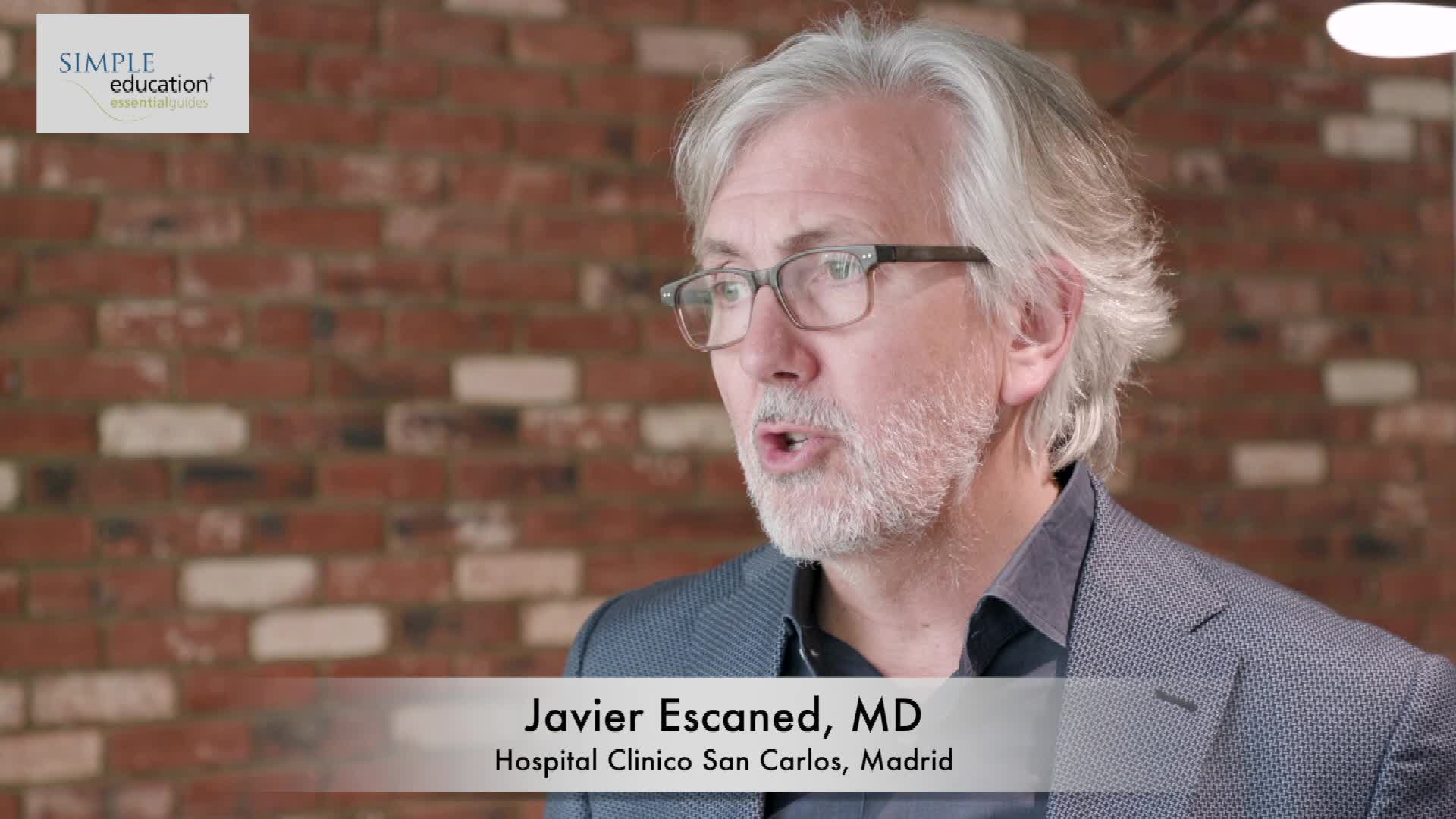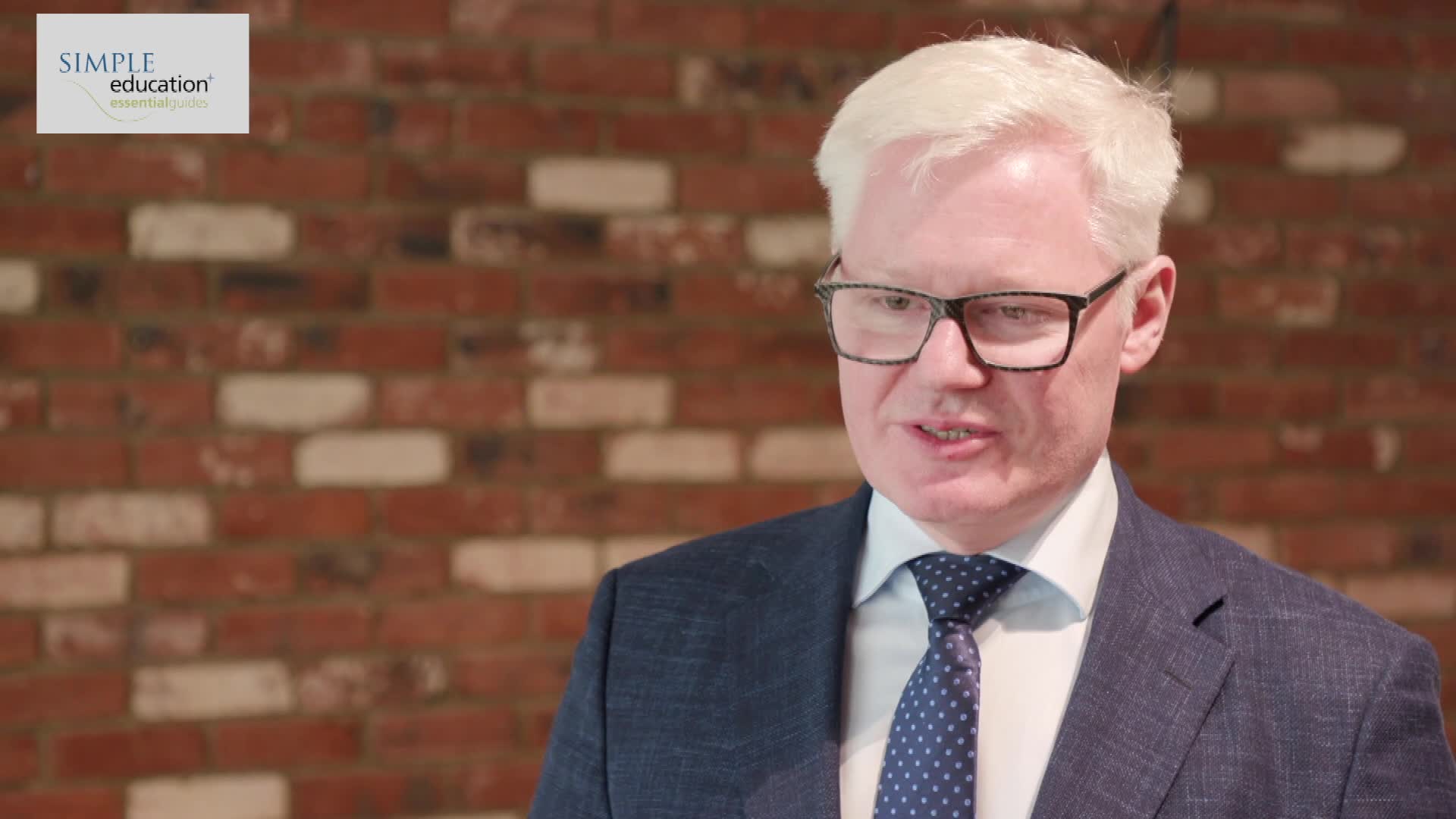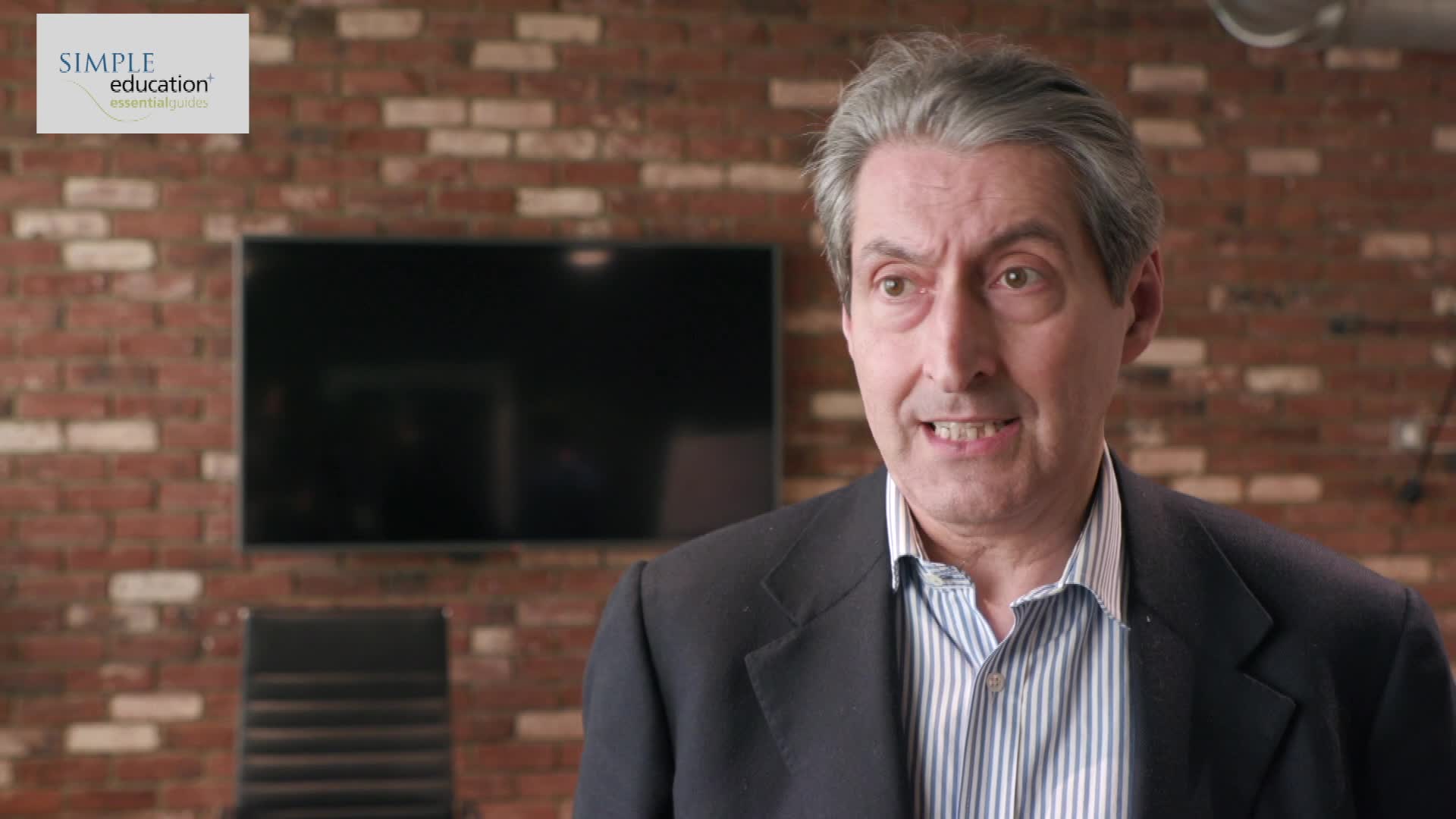





What advantages and disadvantages does Shockwave lithotripsy offer you for treatment of calcified arteries?

Shockwave IVL
205 videos
Intravascular Lithotripsy (IVL) offers significant benefits as an additional calcium modification tool in your armamentarium, allowing you to:
MINIMIZE TRAUMA - Minimize trauma to soft tissue...
Intravascular Lithotripsy (IVL) offers significant benefits as an additional calcium modification tool in your armamentarium, allowing you to:
MINIMIZE TRAUMA - Minimize trauma to soft tissue by safely selecting and fracturing intimal and medial calcium
OPTIMIZE OUTCOMES - Optimize stent delivery, expansion and apposition while reducing complications and cost escalation
SIMPLIFY PROCEDURES - Simple and intuitive system that makes complex calcified coronary procedures more predictable
Find out more about Shockwave Lithotripsy: www.rutherfordmedicine.com/shockwavemedical
About Shockwave IVL
Simplify your procedures with Intravascular Lithotripsy (IVL) by safely modifying intimal and medial calcium to achieve optimal outcomes while minimising trauma, complications and costs due to its unique MOA.
Prior to use, please reference the instructions for use and important safety information: https://shockwavemedical.com/important-safety-information-universal/
Discover more at ShockwaveIVL.com
Speakers
Prof Javier Escaned is Head of Section (Interventional Cardiology Section) at Hospital Clinico San Carlos /...
Prof Javier Escaned is Head of Section (Interventional Cardiology Section) at Hospital Clinico San Carlos / Complutense University (Madrid, Spain). He trained in the United Kingdom as Specialist in Cardiology and obtained his PhD in The Netherlands. Author of >600 indexed scientific articles on interventional cardiology, imaging and physiology (h-index 74) and over 30 years of experience as PCI operator, he regularly lectures and performs live cases at major scientific and educational meetings. He is a recipient of the European Society of Cardiology (ESC) Silver Medal and the Andreas Grüntzig Award for his contributions to the fiedl fo Interventional Cardiology. Main areas of expertise include complex PCI, intracoronary diagnostics and functional coronary angiography. His track record in coronary physiology comprises being investigator on pioneer FFR trials like DEFER (1998), collaborator with Justin Davies in the validation and clinical implementation of iFR, and developer of new tools for the assessment of coronary microcirculation. Editorial roles include Deputy Editor EHJ, Advisory Editor Eurointervention, editor of the textbooks “Coronary Stenosis: Imaging, Structure and Physiology” and “Physiological Assessment of Coronary Stenoses and the Microcirculation". Recent board positions include EAPCI board / Education Committee Chair, ESC WG Coronary Pathophysiology and Microcirculation, EuroCTO Board. Recent trials as Principal Investigator include ADVISE II, DEFINE FLAIR, SYNTAX II, PIONEER IV, Cerebral-Coronary-Connection (C3), DCR4Contrast, INOCA LongCovid and AID ANGIO. Additional interests are philosophy and music.







Start a conversation